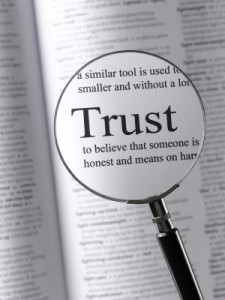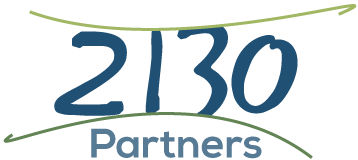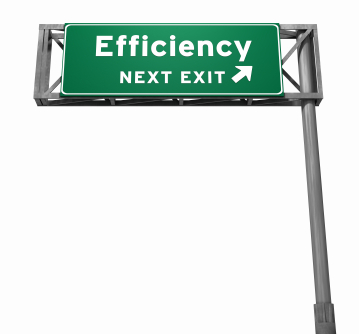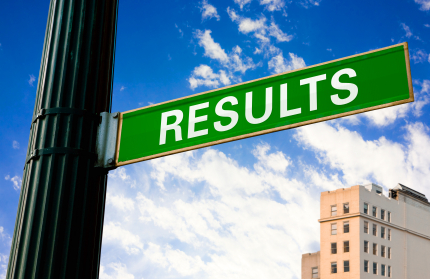 “Bad managers create enormous health costs and are a major source of misery for many people.”-Robert Hogan, USA Today 8-06-12
“…through your communication, you can improve their health, reduce their stress and increase their vitality and energy”-Wendy Appel, Blog Post, 7-24-12
“Bad managers create enormous health costs and are a major source of misery for many people.”-Robert Hogan, USA Today 8-06-12
“…through your communication, you can improve their health, reduce their stress and increase their vitality and energy”-Wendy Appel, Blog Post, 7-24-12
Think about the implications of these two observations for leadership. Perhaps less time and energy focused on comparing proposals from health care providers for next year’s plan and more examining the “root cause” of stress-related health care costs might accomplish a trifecta of productive outcomes for your organization. To do so will most likely require a fundamental shift in thinking about how real productivity and sustainability are accomplished.
What might be accomplished if team members do not feel alienated, understand how their work fits into the company’s longer term intentions and trust that their boss has their best interest at heart? How might priorities be adjusted for hiring and promotion choices if health and well-being for all are included in the analysis? How will performance assessments shift for supervisors, managers and leaders if real thinking and examination of health related issues are cranked into the evaluation?
If this subject grabs your attention, I recommend reading both of the referenced articles as they each provide valuable insights into the issue and also useful recommendations for leadership action. For example, Wendy Appel’s blog offers two essential areas for immediate focus:
1) Building Trust
2) Building Confidence and Offering Hope
While these two essentials may not seem like rocket science to you, actually producing meaningful movement in each area is often elusive. To break down the trust issue into more manageable components, she offers two distinctions. If trust is low in your group, breaking the question down into these sub categories may give access to increased communication and action.
1) Technical trust. Do I trust that you know what you’re doing? Do you have the technical skills, background and experience to lead us?
2) Trust that you care about my well-being.
The USA Today article points to three potential sources of trouble:
1) The manager
2) The employee
3) The fit between the employee and the job
In our work, we constantly point out that a background of mutual trust, respect, and safety is essential to effective leadership, problem solving, and aligned action among team members.
When that background is weak or damaged, you can begin correcting it by digging into root causes by asking “what’s missing” and focusing on the bullet points above from each of the two articles. Open dialogue with those involved will begin, in itself, to rebuild trust and safety. Honest demonstration of concern for each other’s well-being will facilitate the dialogue. Making it safe enough to tell the truth about how well each person’s job fits or doesn’t fit them and taking corrective action where possible will demonstrate that the caring is authentic.
Bottomline – building trust reduces stress which will likely increase health and productivity in the workplace.


 Now ask “what’s missing today from my vision today that would be the most valuable thing I could put my attention on?” “What, if I/we got to work on it would give us the greatest leverage in fulfilling the vision?” By leverage we mean getting the greatest result for the least effort and investment of resources. Pick one, and no more than three, activities and build time into your calendar for them. Share your new focus with others so that they ask you how you are doing. They may even look to see how they can support you! That’s real accountability – holding yourself accountable in a public way through your declarations.
Now ask “what’s missing today from my vision today that would be the most valuable thing I could put my attention on?” “What, if I/we got to work on it would give us the greatest leverage in fulfilling the vision?” By leverage we mean getting the greatest result for the least effort and investment of resources. Pick one, and no more than three, activities and build time into your calendar for them. Share your new focus with others so that they ask you how you are doing. They may even look to see how they can support you! That’s real accountability – holding yourself accountable in a public way through your declarations.